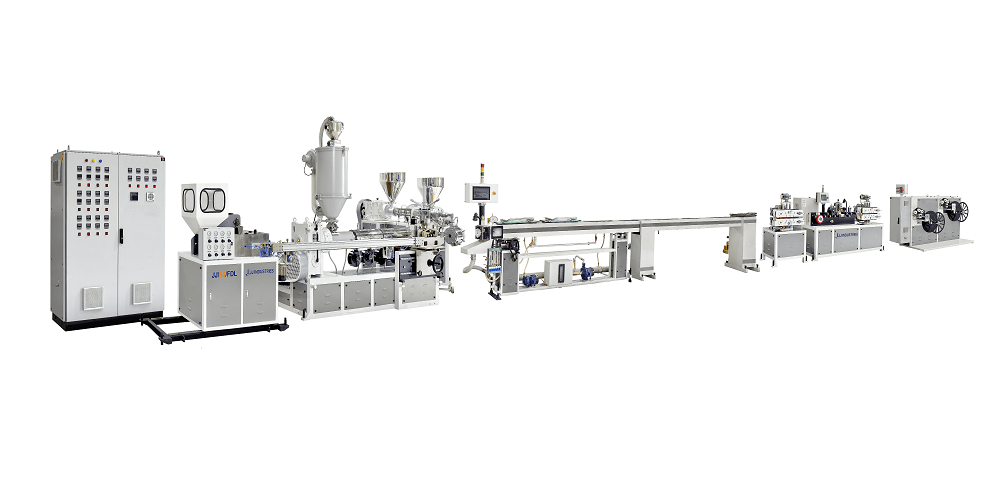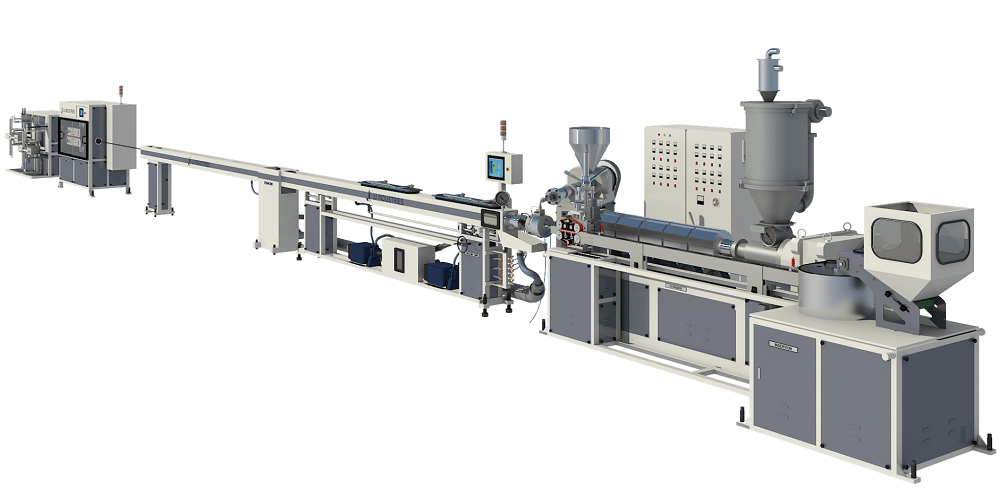Frequently Asked Question
Drip irrigation pipelines are networks of pipes and emitters that deliver water directly to plant roots in controlled amounts. This method reduces water wastage by minimizing evaporation and runoff, improving irrigation efficiency by up to 70% compared to traditional methods.
High-quality polyethylene (PE) and PVC pipes are the most common materials used for drip irrigation pipelines due to their durability, flexibility, and resistance to UV damage and chemicals.
Through fertigation, liquid fertilizers can be injected into the drip irrigation pipeline system, allowing nutrients to be delivered precisely to crops, improving fertilizer efficiency and reducing waste.
Regular cleaning of filters, flushing the pipelines, and inspecting emitters for blockages are essential maintenance tasks to prevent clogs caused by sediments, algae, or mineral deposits.
Drip irrigation pipelines are highly versatile and suitable for a wide range of crops, including vegetables, fruits, and row crops. They work well in various soil types, especially sandy and loamy soils, providing precise moisture control.




